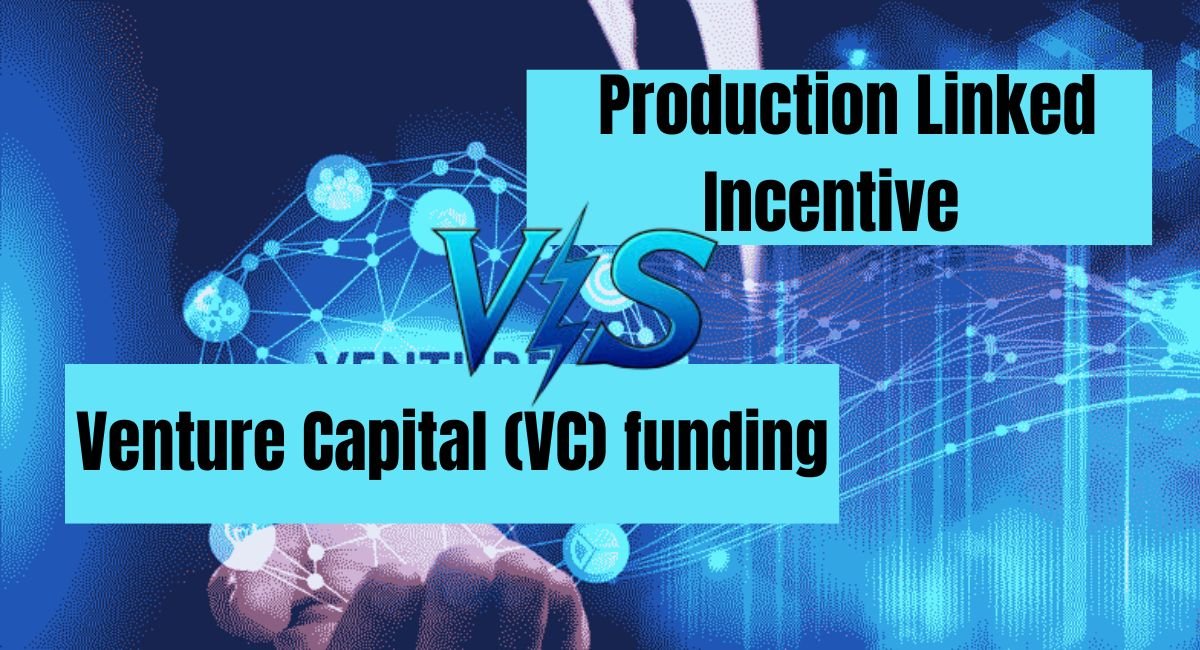The Indian startup and manufacturing landscape, which is developing at a rapid pace, is attracting the interest of investors through two major funding methods—the Production Linked Incentive (PLI) schemes and Venture Capital (VC) funding. These funding sources are, indeed, targeting growth but have completely different ways of doing so. The comprehension of each of their functioning could lead to a selection of the most suitable route for the expansion of entrepreneurs and businesses in 2025 and later.
What Is PLI?
The government program known as the Production Linked Incentive (PLI) scheme incentivizes businesses that can bring about an increase in the quantity of their product output. Initially set in 2020 for a limited number of sectors, the scheme was later expanded for better coverage in 2023–2025. It now embraces electronics, pharmaceuticals, textiles, and electric vehicles. Manufacturers treating their sales as production profits will get direct government incentives that scale up production through the investment of capital, hiring, and importation of goods especially in case of exports. The setup is perfect for organizations which have already established a manufacturing base and are planning for long-term growth.
What Is VC Funding?
Venture Capital (VC) funding is a form of private equity investment wherein venture capitalists or private individuals invest in startups and early-stage companies that have the potential for high growth. The VCs, in return, acquire a percentage of the ownership of the firm. VC funding enjoys a high profile in the sectors of technology, fintech, and consumer startups. However, the challenge here is that it is greatly dependent on the investment that gives back in terms of the firm’s growth and financial returns.
Key Differences at a Glance
| Feature | PLI Scheme | VC Funding |
|---|---|---|
| Source of Funds | Government of India | Private investors or VC firms |
| Target Businesses | Manufacturing, export-focused firms | Startups, tech, high-growth sectors |
| Funding Type | Incentive/subsidy (non-dilutive) | Equity investment (dilutive) |
| Repayment | No repayment | No repayment, but equity is shared |
| Control & Ownership | No interference | May involve board seats, oversight |
Final Thoughts
It is true that both PLI and VC funding are great sources of opportunity for the respective parties but their needs differ. PLI will supply non-equity capital that is totally risk-free to the manufacturer without requiring the manufacturer to relinquish control. VC, on the other hand, would be the option for launching a startup because it would not only bring financial resources and training in the area of fast growth but also the ingeniousness of the skillful startup team that has the potential to grow the product quickly. The selection of the most suitable alternative depends upon your model, stage, and long-term vision. In some instances, leveraging the strengths of both might prove to be the winning strategy.


